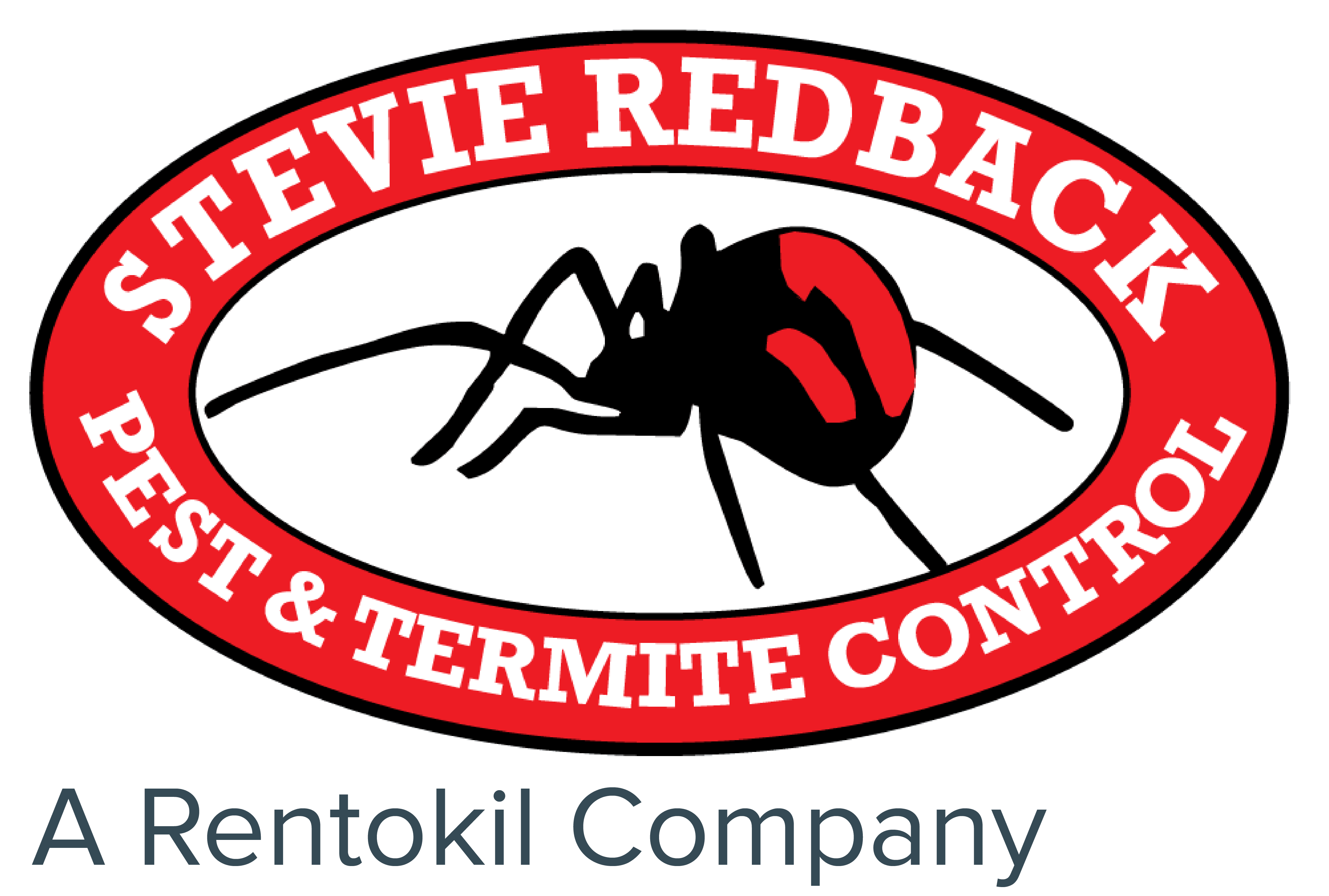Most Active Pests After Flood Events
- Ants
- Spiders,
- Termites
- Snakes
- Rats & Mice
- Flies
- Mosquitos
- Fire Ants
After a significant weather event such as cyclone, storms and/or flooding there are a host of pest issues that can arise.
The aftermath of floods creates the ideal breeding conditions for many insect and rodent populations.
Flooding and tidal inundation can stir up and disturb a lot of waste and carry it far and wide. This can in turn see an abundance of waste and nutrients laying around which will attract flies. Install Fly traps as soon as the rain has cleared.
Debris and clutter creates significant harborages (nesting sites). Damp environments create the perfect conditions for ants, cockroaches, silverfish, rodents and flies. Drying out your property and belongings will be a high priority. As soon as possible after the weather event has passed clean up any debris and take it to the council tip as soon as possible (this will minimise nesting sites). When gathering up branches and leaves that have fallen be wary of Snakes, Wasps and Spiders. Wear gloves and be vigilant as many spider bites though not deadly still hurt a lot and there is always the risk of infection. Because of the displacement caused by the wind, rain and flooding you will find pest species in a lot of unusual places and more poisonous spider species could be in unexpected places.
Stagnant sitting water that hasn’t drained away can lead to an increase in mosquito populations. Make sure you go around your home during your clean up process and empty out any stagnant water to ensure there are less sites for mozzies to lay eggs.
Be wary of snake and other reptiles in the flood waters as they will be actively looking for warmer places to hide. If you see a snake step back and leave it alone.
As soon as possible inspect your home for damage and seal up any entry points that would allow rodent infestation in your home. Mice and Rats will be looking for new warm dry places to nest and food sources so package up any food in sealed containers.
Fire Ants have developed an amazing survival tactic; by clinging together they make a raft that floats in floodwaters. This raft of fire ants wraps around the queen and larvae in the centre who are protected. This raft can stay adrift for up to two weeks. If you see ants and are suspicious that they may be fire ants (many different sized red/brown aggressive ants in the one colony with no visible entry or exit point to the nest)…. STAY CLEAR and either advise your pest controller on his next visit or take video footage and send to us.
If you uncover termite activity/nests. Please cover them back over and call us. Try not to disturb the termites. The treatments we use are colony control and require the termite workers you see carrying the treatment back to the main nest to achieve a total eradication. If the main nest feels that there is a danger they will block off entry to those workers. If you see anything you are concerned about, take a clear close up photo with something for size comparison in the photo like a coin or pencil. Send this to our email: admin@stevieredback.com and we will have a technician assess.

